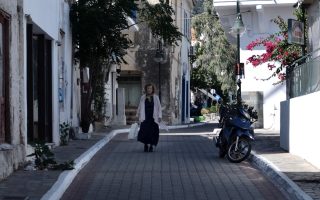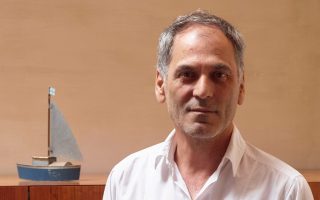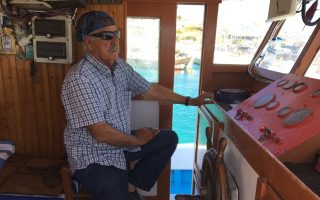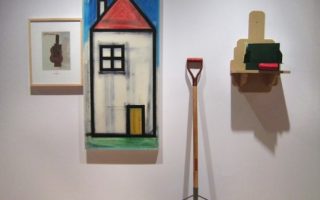Plans afoot to modernize the Thessaloniki Railway Museum
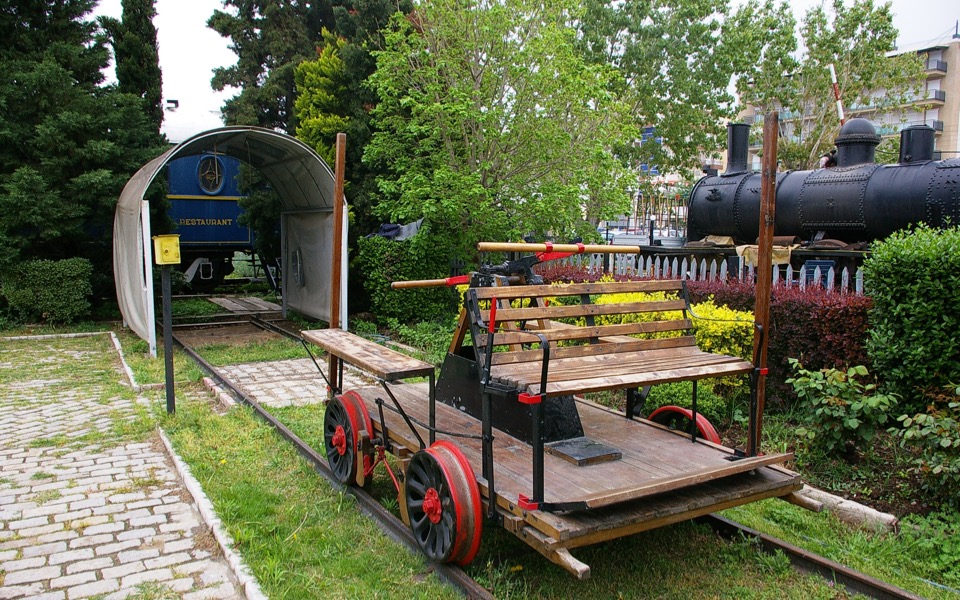
Back in 1894, Italian architect Pietro Arrigoni endowed the northern Greek city of Thessaloniki with a small gem to house the Gare Militaire (Military Station) on the Thessaloniki-Istanbul railway line. Built in the eclectic style, the building also displays Eastern influences with arched windows and doorways, a gabled roof and round skylights, and has been home to the Thessaloniki Railway Museum since 2001 when it was founded by the Friends of the Thessaloniki Railway society.
The recent vandalization of one of its most famous open-air exhibits, a restaurant car from the legendary Orient Express, has brought the issue of the museum’s management back to the fore. In the incident, unknown assailants stripped the luxury carriage of most of its bronze fixtures and damaged a lot of the wooden furnishings.
“Only a small part of the original bronze elements are still there and we hope to find a specialized craftsman to replace the rest with replicas,” the society’s president, Andreas Mylonakis, told Kathimerini. “The car is open to visitors, but has unfortunately lost much of its luster.”
Following the attack, a guard was assigned to guard the museum at night, while the institution plans to introduce 24-hour security. In the meantime, however, students at Aristotle University’s program for museology and cultural management, supervised by Professor Matoula Skaltsa, are laying the foundations for the facility to be transformed into a modern railway museum.
The students took all of the museum’s printed material and put it into an electronic database, separating it into 14 categories, such as equipment, technology and clothing. They have also been working at the site since 2016, taking photographs and shooting videos of testimonies by the museum’s founders.
“We are trying to get all the parties involved in the museum’s operation at the same table so that it can become a modern open-air museum by tapping into one of the funding programs of the Regional Authority of Central Macedonia, and to link it to the Holocaust Museum,” says Skaltsa. “I think it could be a very important development project for Thessaloniki.”
Personal touch
The birth of the museum and the collection of the bulk of its exhibits is due to the hard work of one man, Efthymios Kontopoulos. Now in his 90s, the retired railway worker got the museum on track by collecting hundreds of related objects, documents and books. The premises, which was donated to the society by the Greek Railways Organization (OSE), has been enriched with steam train cars from the 19th century, the Orient Express dining car, hand carts and other exhibits of historical interest.

